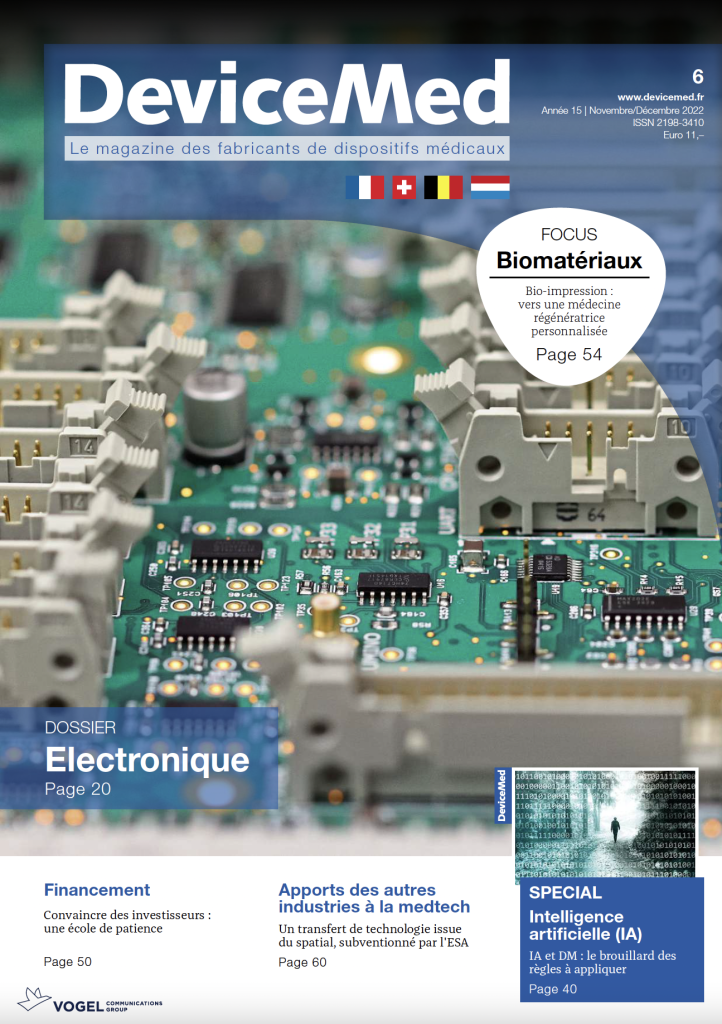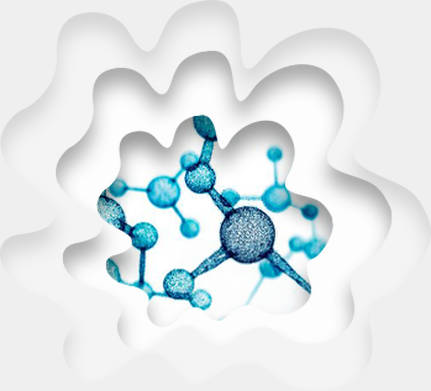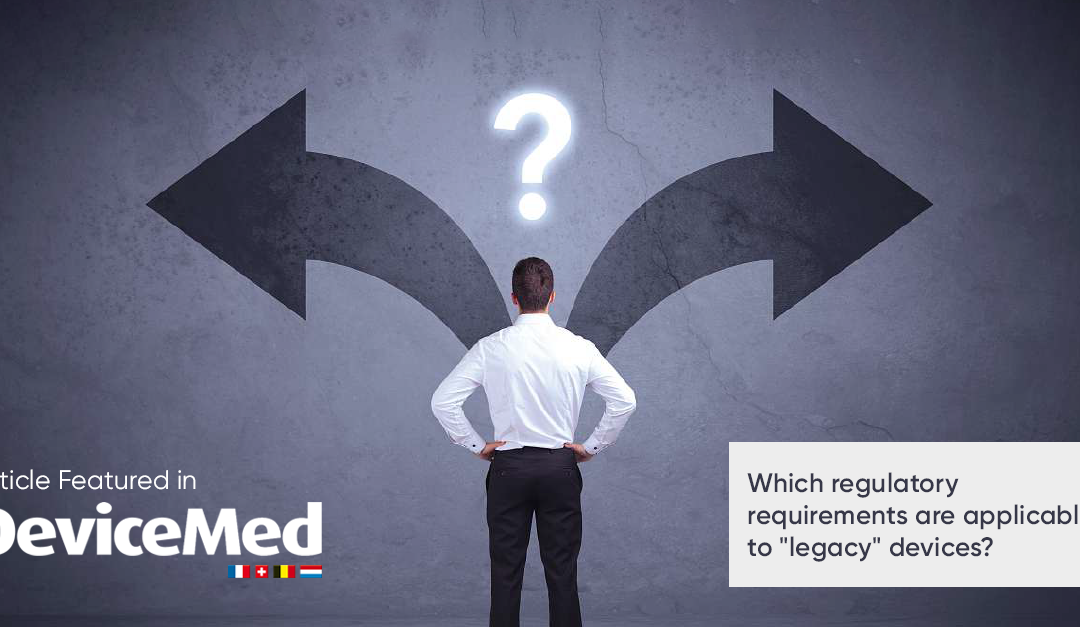
Medical device manufacturers do not always have a clear idea of the requirements applicable to their products when they have been CE marked previously under the Medical Device and In Vitro Medical Device Directives but are still marketable today. In this article, originally published in the DeviceMed magazine (November/December 2022), regulatory expert Alexandre Petiard (Senior Regulatory Consultant, Medical Director, Medical Devices, Cactus Life Sciences) gives us some key insights to consider.
(EU) 2017/745 (MDR) and (EU) 2017/746 (IVDR) have come into effect since May 26, 2021, for medical devices and May 26, 2022, for in vitro diagnostic medical devices (IVD), respectively, repealing the previous directives 93/42/EEC, 90/385/EEC, and 98/79/EC. As the regulations have undergone an in-depth overhaul, transition periods have been planned and even extended to facilitate the integration and implementation of the various changes.
Medical devices with a valid CE certificate under the previous directive 93/42/EEC can now continue to be marketed until the expiry date of the certificate (but at the latest until May 26, 2024), provided that no significant change has been applied and these devices continue to comply with the previous directive. Similarly, IVD devices with a valid CE certificate under the previous directive 98/79/EC may continue to be marketed until the expiry date of the certificate, provided that no significant change has been applied and these devices continue to comply with the previous directive at the latest until
- May 26, 2023, for class D IVD devices;
- May 26, 2025, for class C IVD devices;
- May 26, 2027, for class A (sterile) and class B IVD devices.
The so-called self-certified (i.e., without a CE certificate) devices, which are up-classified under the MDR or IVDR, can also continue to be sold with the same restrictions and deadlines as previously mentioned.
In summary, the transitional provisions are applicable to all classes of medical devices and IVD medical devices previously marketed under the directives, except for self-certified devices remaining class I under MDR (i.e., non-measuring, non-sterile) or class A (i.e., non-sterile) under IVDR. These devices should already be in compliance with the MDR or IVDR since May 26, 2021, and May 26, 2022, respectively.
A device that continues to be marketed in accordance with one of the directives after the date of application of the corresponding regulation is called a “legacy” device. Its manufacturer as well as the authorized representative, distributors, and/or importers have the obligation to apply certain specific requirements of the regulation, particularly with regard to post-market surveillance, vigilance, and registration of economic operators and devices.
Recently, the European Commission published two guidance documents: MDCG 2021-25 (October 2021) and MDCG 2022-8 (May 2022), in which the requirements during the transition period of each of the regulations are detailed further.
Many uncertainties related to the delay in setting up EUDAMED
The main complexity of applying the transitional requirements mentioned above to “legacy” devices is the unavailability of some of the modules from the European database of medical devices (EUDAMED), making EUDAMED voluntary. Hence, the mandatory registrations of economic operators and medical devices, as well as the reporting of vigilance, trends, and field safety corrective measures cannot be performed via EUDAMED and must be implemented according to the national requirements in force. Some competent authorities, such as ANSM in France, already recognize EUDAMED, pushing manufacturers to register their company and their devices via this platform. Others, having no specific national provision, do not currently require any registration. Similarly, for class III and class D devices, periodic safety update reports, known as PSURs, cannot be submitted via EUDAMED and must be sent directly to notified bodies until the EUDAMED modules are fully functional.
Some uncertainties regarding the requirements have been removed as a result of the published guidance documents. For example, the following requirements have been indicated as not applicable to “legacy” devices: implant card, traceability in the supply chain, person responsible for regulatory compliance (PRRC), unique device identification system, summary of safety and clinical performance (SSCP), and re-labeling or re-packaging of devices according to Article 16. It should be noted that the requirements relating to the PRRC are not applicable to “legacy” devices, but the scope of application for the responsibilities of the PRRC is still debated, particularly for manufacturers or authorized representatives that have both “legacy” devices and MDR- or IVDR-compliant devices.
It should be noted in conclusion that, to date, manufacturers or other economic operators of “legacy” devices must only apply the requirements and obligations related to post-marketing surveillance, vigilance, and registration of economic operators and devices, except for obligations relating to EUDAMED, for which national requirements should be consulted. Even if some requirements are still disputed, the guidance documents available make it possible to reduce possible misinterpretation.
Source: DeviceMed Novembre/Décembre 2022. https://www.devicemed.fr/wp-content/uploads/2022/10/devicemed-novembre-decembre-2022.pdf
Share this post
About the author

Alexandre Petiard
Alexandre Petiard is Senior Regulatory Consultant, Medical Director, Medical Devices, Cactus Life Sciences













